Navigating postpartum life can be a whirlwind of emotions and challenges. One of those unexpected challenges might be dealing with acne while breastfeeding, and wondering how to navigate acne treatment while breastfeeding.
I’ve been there too—from juggling sleepless nights, endless diaper changes, and then looking in the mirror to find your skin breaking out like a teenager’s. It’s not what we expected, and it’s certainly not what we need right now. But here’s the good news: safe and effective acne treatment while breastfeeding exists.
I will walk you through everything I’ve learned—from safe skincare ingredients to use, to ingredients to avoid, to natural remedies and lifestyle adjustments. Together, we’ll explore ways to tackle acne without compromising your health or your baby’s. Sounds good?
Understanding Postpartum Acne
So, you’ve made it through pregnancy and delivery, and now you’re faced with a new challenge: postpartum acne. Let’s dive into why this happens and what you can do about it.
- Hormonal Changes: During pregnancy, your body is a whirlwind of hormones, and this doesn’t settle immediately after giving birth. The dramatic drop in estrogen levels and the hormonal fluctuations can trigger acne flare-ups.
- Stress and Lack of Sleep: The lack of sleep and the stress that comes with adjusting to your new role can wreak havoc on your skin. Cortisol, the stress hormone, can increase oil production, leading to clogged pores and acne.
- Dietary Influences: What you eat plays a significant role in your skin’s health. During breastfeeding, you might notice changes in your cravings and eating habits. Foods high in sugar and dairy can sometimes exacerbate acne.
Common Symptoms
Postpartum acne can show up in different forms and in different locations ranging from the face, to the chest, and back.
So, what does postpartum acne typically look like? It can vary, but here are some common types you might encounter:
Hormonal Acne usually appear around the jawline, chin, and neck. They can be deep, cystic, and painful.
They could also come in the form of whiteheads, blackheads, papules, and pustules.
They’re all caused by clogged pores and can appear anywhere on your face, though commonly on the forehead, nose, and chin.
Safe Acne Treatment Ingredients while Breastfeeding
Now that we’ve covered why postpartum acne happens, let’s talk about the ingredients that are safe and effective for the management of acne while breastfeeding. Your skin deserves gentle care, especially during this sensitive time.
It is important to look for skin care products labeled as non-comedogenic, which means they won’t clog your pores.
Safe Active Ingredients:
- Azelaic Acid: This ingredient has anti-inflammatory properties and helps to reduce acne lesions without being absorbed systemically. It is considered safe to use for the breastfeeding mother. This ingredient is one I’d recommend and personally used during pregnancy and breastfeeding.
- Niacinamide: Known for its anti-inflammatory and barrier-strengthening properties, niacinamide can help to improve skin texture and reduce inflammation associated with acne. It is safe for use while breastfeeding.
- Zinc: Zinc helps to regulate oil production in the skin and has anti-inflammatory properties. It is safe to use in skincare products during breastfeeding. It is mostly formulated with Niacinamide as they work together synergistically.
Safe Active Ingredients that I am a bit iffy about:
- Benzoyl Peroxide (in low concentrations): Benzoyl peroxide is a well-known acne-fighting ingredient that kills acne-causing bacteria on the skin. Although it is not one I’d recommend as it is controversial in the skincare world, research suggests that low concentrations of topical benzoyl peroxide are safe to use while breastfeeding as very little is absorbed into the bloodstream and subsequently into breast milk. For your safety, always check with your healthcare provider before starting any product.
- Salicylic Acid (in moderation): Salicylic acid is another controversial ingredient during pregnancy and breastfeeding. Salicylic acid is a beta hydroxy acid that helps to exfoliate the skin and unclog pores. While high concentrations of salicylic acid are not recommended during pregnancy and breastfeeding, some dermatologists argue that using it in moderation (up to 2% concentration) in topical skincare products is generally considered safe. I would recommend that you use it in short-contact products such as cleansers, and not leave on like serums or moisturizers.
- Alpha-Hydroxy acid (AHAs): This exfoliant is also known to help combat acne by exfoliating the skin and getting rid of dead skin cells that can clog the pores. They include glycolic acid, lactic acid, mandelic acid
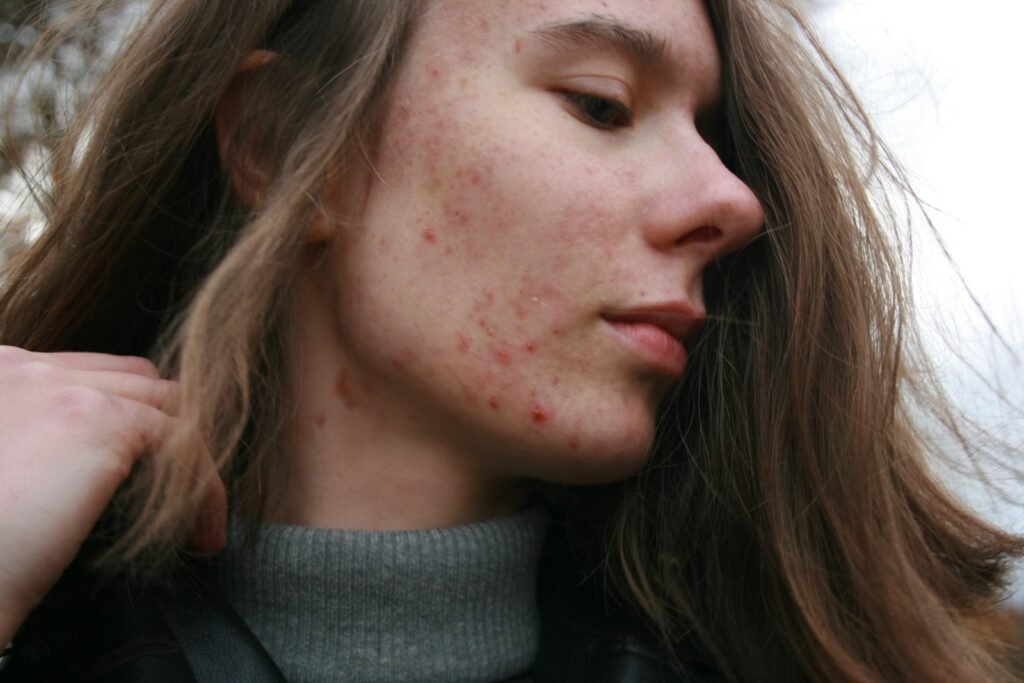
Acne Treatments to Avoid while Breastfeeding
When managing acne during breastfeeding, it’s crucial to steer clear of certain treatments that may pose risks to both you and your new baby. Here’s a guide to acne treatments you should avoid:
Oral Medications:
- Oral Isotretinoin (Accutane): This oral medication is highly effective for severe cases of acne but it is strictly contraindicated during pregnancy and breastfeeding due to its potential risks of causing birth defects and harm to breastfeeding infants.
- Spironolactone: Often used for hormonal acne in non-pregnant individuals, spironolactone is not recommended during breastfeeding due to insufficient safety data.
Topical Treatments:
- Retinoids (Retin-A, Tretinoin): Topical retinoids are potent treatments for acne and anti-aging, but they are absorbed into the bloodstream and can potentially harm the baby. It’s advised to avoid using these products while breastfeeding.
- High Concentrations of Salicylic Acid: While low concentrations of salicylic acid are generally considered safe, high concentrations (greater than 2%) should be avoided due to potential systemic absorption risks.
- Antibiotics: Certain oral antibiotics, such as tetracycline, doxycycline, and minocycline, are often prescribed for acne but are not recommended during breastfeeding. These antibiotics can pass into breast milk and may affect the development of your baby’s teeth and bones.
- Hydroquinone: Hydroquinone is used to lighten dark spots and hyperpigmentation but is not recommended during breastfeeding due to potential systemic absorption and unknown effects on the infant.
Procedures:
- Chemical Peels and Laser Treatments: These procedures can be effective for acne treatment but involve chemicals or heat that may have unknown effects on breastfed infants. It’s best to postpone these treatments until after breastfeeding.
Home Remedies:
- Essential Oils: Some essential oils, such as tea tree oil, may have antimicrobial properties but can be irritating to the skin and may not be safe for infants if transferred through breast milk. It’s advisable to use caution or avoid them altogether.
Explanation of Risks
These treatments carry risks primarily due to their potential to be absorbed into the bloodstream and subsequently transferred to the breastfeeding infant through breast milk. The safety data for these ingredients and medications during breastfeeding are limited or indicate potential harm. Therefore, avoiding them ensures the safety and well-being of both you and your developing baby.
Navigating acne treatment options while breastfeeding requires careful consideration and consultation with healthcare providers. Opting for safer alternatives and gentle skincare routines can effectively manage acne without compromising your baby’s health. Always prioritize safety and seek professional advice to make informed decisions regarding your skincare regimen during this special time.
Check out this blog for a detailed list of products by brand name to avoid during pregnancy and breastfeeding: https://www.15minutebeauty.com/pregnancy-friendly-skincare-products.html
Lifestyle Modifications
To effectively combat acne, you want to have a holistic approach, which entails some simple lifestyle changes. Some include:
- Dietary Changes:
- Anti-inflammatory Foods:
- Incorporate foods rich in omega-3 fatty acids (e.g., salmon, flaxseeds, walnuts).
- Eat a variety of fruits and vegetables for essential vitamins and antioxidants.
- Reducing Dairy and Sugar Intake:
- Limit dairy products which can increase sebum production.
- Reduce high-sugar foods that can trigger inflammation and breakouts.
- Hydration and Sleep:
- Impact on Skin Health:
- Drink plenty of water to flush out toxins and keep your skin hydrated.
- Although this is not always attainable especially postpartum, when possible try to aim for 6-8 hours of sleep per night to support your skin’s natural healing processes.
- Stress Management:
- Techniques like Meditation and Light Exercise:
- Practice meditation and deep breathing exercises to reduce stress.
- Incorporate light physical activities such as walking or yoga into your daily routine to manage stress and improve overall well-being.
Conclusion
Navigating acne treatment while breastfeeding can be challenging, but with the right approach, it’s entirely manageable. Prioritizing safe skincare ingredients and natural remedies ensures you care for your skin without compromising your baby’s health.
Focus on gentle, non-comedogenic products and be mindful of harmful ingredients. Embrace lifestyle adjustments like a balanced diet, adequate hydration, sufficient sleep, and stress management techniques to support your skin’s natural healing process.
Remember, every mom’s journey is unique. Be patient and kind to yourself as you explore what works best for you. Consult with healthcare professionals when needed, and trust that with informed choices, you can achieve healthy, glowing skin while breastfeeding.

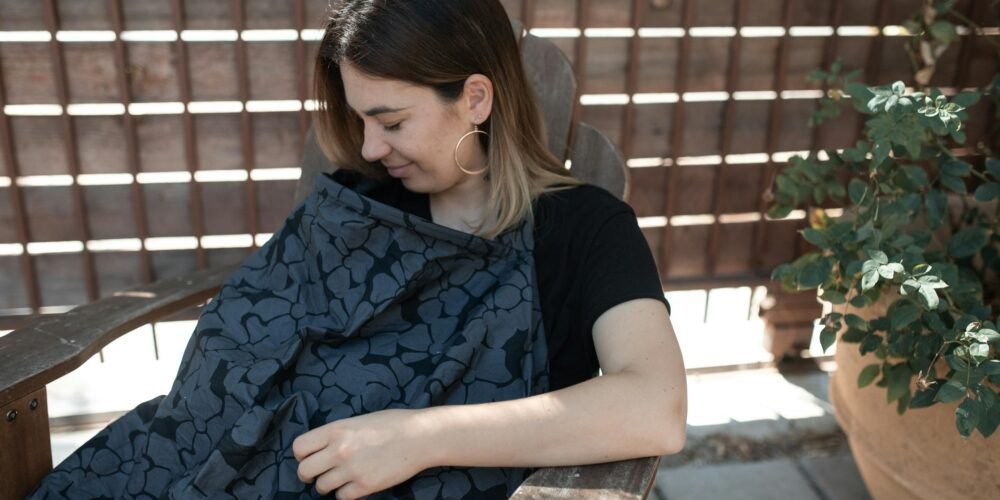
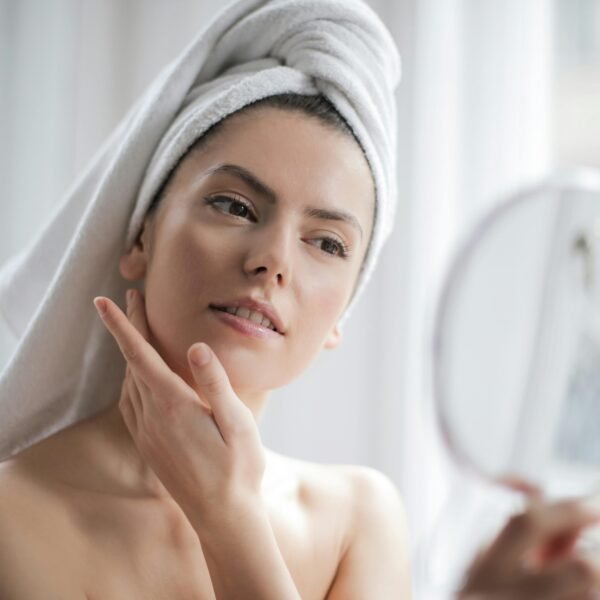
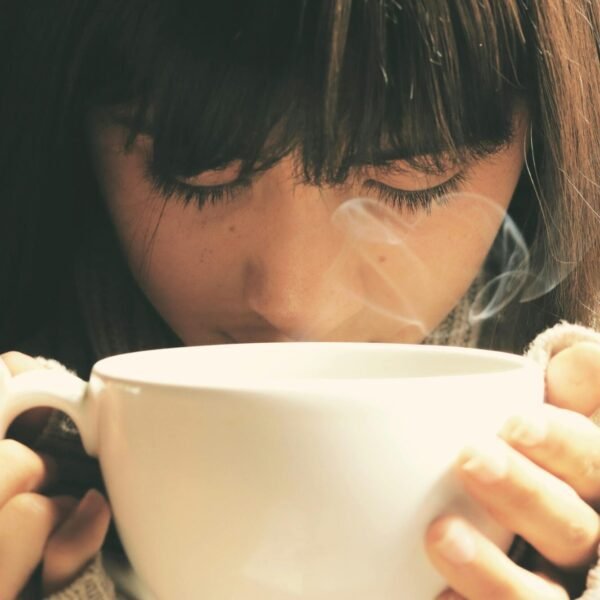
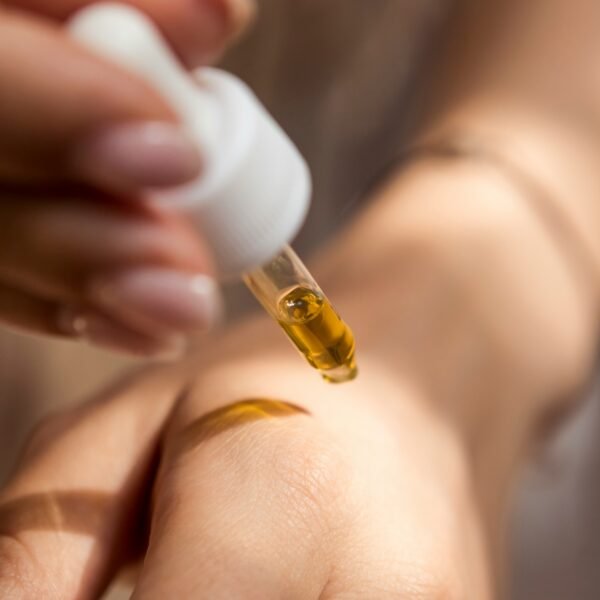
Leave a Reply